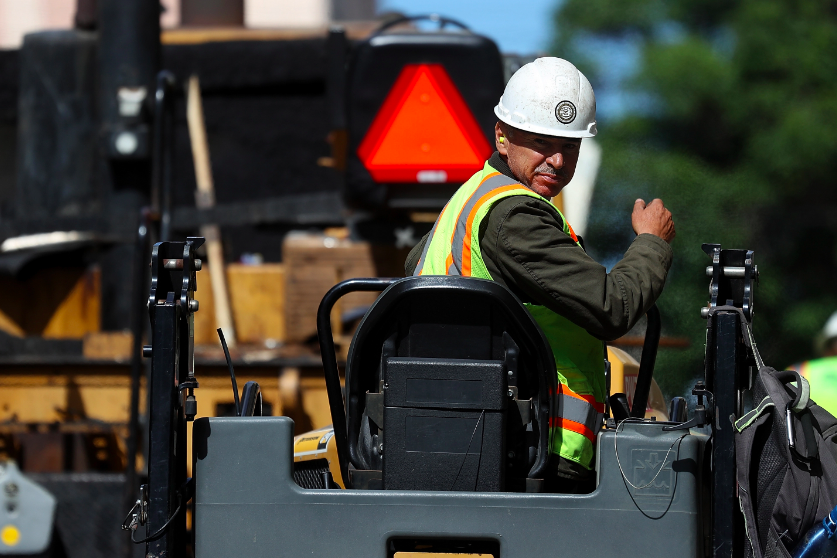


Some $200 billion was approved by the Biden administration for 23,000 infrastructures in 4,500 jurisdictions around the country in 2022.
The spending was authorized by the Infrastructure Investment and Jobs Act (IIJA), a $1.2 trillion spending program passed by Congress in 2021 to fund transportation and road projects, broadband access, clean water, and renewal of the nation’s electric grid.
“That’s about getting it done and going fast,” said Mitchell Landrieu, senior adviser to President Joe Biden and infrastructure coordinator at the White House.
Landrieu, a former mayor of New Orleans, touted progress in implementing the program in remarks to the American Public Transportation Association convention in Washington on March 13.
Landrieu said the president aims for rapid completion of the proposed projects so the historic investment in the nation’s infrastructure is not bogged down by bureaucratic displays that are common in projects involving an array of federal, state, and local authorities.
“That means working with everybody and also being on time, on task, and on budget.
“If you can remember those things, we will collectively, in a short order of time, rebuild this country in a way that hasn’t been built before and prepare America to lead the nation, as she always does.”
Approved projects include $700 million for improvements to the 100-year-old Gateway Hudson Tunnel Project In New Jersey, $350 million for the Red Line Extension in Salt Lake City, $6.9 million for battery-powered buses in Detroit, and $19.3 million for electric buses in Atlanta.
The tens of thousands of projects include road resurfacing, expansion of rural internet connectivity, bridge maintenance, airport improvements, highway safety projects, ferry service funding, irrigation systems, and many others in nearly every county in the United States.
In each case, the projects are driven by local needs which require careful coordination to ensure that the money approved in Washington delivers the result desired in each community, Landrieu said.
“If you’re in Washington and you think you’re designing a cow, by the time it gets to the ground, you want it to look like a cow. You don’t want it to look like a pig,” Landrieu, who is fond of homespun expressions, said.
“It’s a simple idea, but it’s really hard to do. It requires cooperation,” he said. “We’ve gotten out of the habit of collaborating, coordinating, and communicating.”
“You’ve got to make sure that the federal partners are talking to their regional directors and talking to the state directors, but they need to make sure [those authorities are] talking to the state counterparts and their regional counterparts.”

